The classical antiquity period also referred to as the Hellenistic period, the ancient Greek, and Greco-Roman is between 1000 BCE to 450 CE. It comprised of two interconnected civilizations, ancient Greece and ancient Rome, hence called Greco-Roman.
Ancient Greeks were far ahead in philosophy, mathematics, architecture, and literature compared to the other parts. Intellectuals and the artists of the renaissance period were highly influenced by their culture and architecture.
Here are some of the jaw-dropping facts you probably did not know about the Classical Antiquity Period:
20. Salt as a currency
Content

The Ancient Greeks and the Roman used to trade salts in exchange for humans. As most of the population in ancient Greece were workers and servants, there was a widespread culture of exchanging human slaves with a specific amount of salt.
Egyptians and the Phoenicians were their major trade partners, and the trade was primarily made using salt and salt fish.
According to various Greek philosophers, one principal salt trade network connected the Libyan desert’s salt oasis. Therefore the salt’s value grew as a result of its scarcity. Thus, during the slave trade, the phrase “not worth his salt” was coined.
19. Space and Astrology
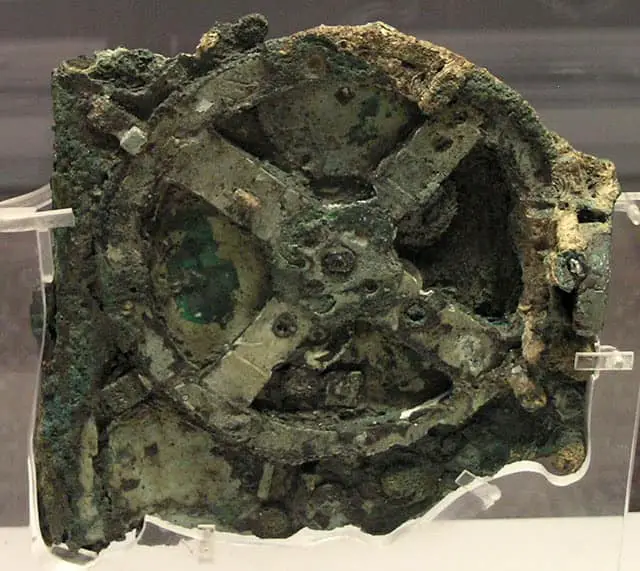
We all have studied how the planets revolve around the sun since our childhood but have you ever thought about who first came up with the concept of this.
As stunning as it may seem, it was by the Greek Aristarchus of Samos during the 3rd century B.C.
Aristarchus was a Greek philosopher and mathematician who proposed the earliest heliocentric model, putting the Sun at the center of the recognized cosmos. The Earth spun once a year and once a day.
Aristarchus was influenced by Philolaus of Croton’s theory of a fire at the heart of the cosmos. Still, he identified the ” fire” as the Sun, and he placed the other planets in their proper sequence of position around the Sun.
18. A Substitute God
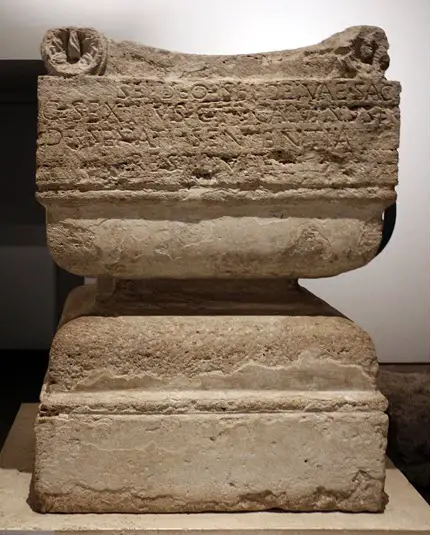
The ancient Greeks used to worship multiple Greek gods and Greek goddesses. However, they worshiped an unknown god, which was supposed to be the substitute for every deity or god that existed but had no particular name or essence.
There was a temple devoted to that unknown deity in Athens, and Greeks frequently praised and prayed in honor of their unknown Creator. Many Greek philosophers also wrote about the unnamed god.
The Mysterious God, or Agnostos Theos, is a concept proposed by Eduard Norden in 1913. It was based on the Christian Apostle Paul’s Areopagus statement in Acts 17:23 that the Greeks worshiped an entity known as Agnostos Theos, or an Unknown God, and twelve other primaries the uncountable minor gods.
17. Birthday and candles

The origin of birthday candles can be traced far back to the classical antiquity period when the Greek people sold cakes decorated with lit candles.
The candles represented the moon which was also a symbol related to Artemis. Since then, this culture has been known to spread among other civilizations as well.
Greeks lit candles on the sixth day of each lunar month to celebrate the goddess Artemis‘ birth.
16. City of slaves
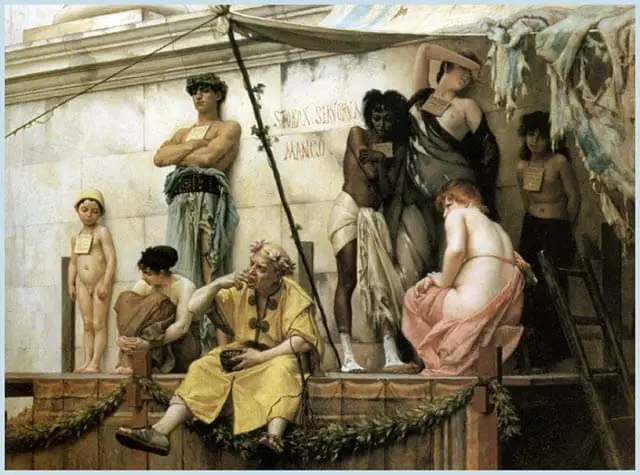
During the classical antiquity period, more than 80 to 90 percent of the people residing in Athens were just slaves and workers who were forced to work under the rulers.
Most ancient Greek writers even stated slavery as a natural and accepted behavior.
Athens had the highest population of slaves, consisting of up to 80,000 slaves in the 5th and 6th centuries B.C.
Slaves or workers were forbidden from participating in politics, and such events were only meant for the citizens.
Buying and trading of human slaves were not seen as a taboo and was a common practice.
15. School for naked exercise
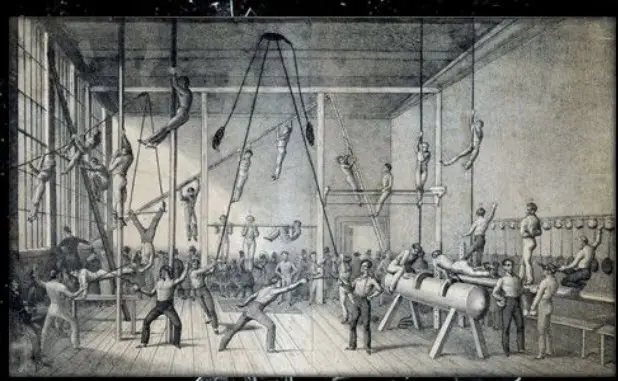
During the classical antiquity period, Greek people used to go to the gymnasium without any clothes on. The gymnasium was a word that meant “School for the naked exercise.”
Greek athletes participated in this nude practice as it was said to encourage the aesthetic appearance of a male body. However, only males of a certain age were allowed inside the gymnasium.
Narcissus and his companions idolized the nude male figure, which they refined with the help of competitive sports or gym workouts.
At the same time, the Romans were hesitant to dwell on the body and its bodily pleasures.
The physique was dreaded in the Middle Ages as a source of sinful pleasures which had to be kept hidden, and individuals who boasted about their bodies got a tongue lashing.
Artists reintroduced the nude into the game during the Renaissance, blending it with mythological aspects and Catholic symbols.
The consequence was artworks like Botticelli’s Venus Birth and Michelangelo’s David, which emphasized physical attractiveness as a sign of the divine.
14. Symbol of love
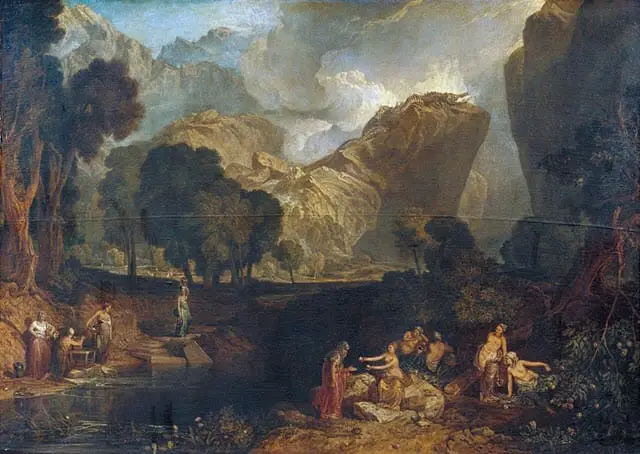
Throwing an apple towards somebody was understood as a gesture for a marriage proposal or a declaration of love. Apples were sacred to Aphrodite, the ancient Greek goddess of lust, sex, and sexual desire.
The fact that Eris, the Goddess of Conflicts, had not been invited to Thetis and Peleus’ wedding upset her deeply. As a measure of retaliation, she tossed an apple at the wedding party, marked with the words “to the most beautiful one.”
Goddess Athena, Aphrodite, and Hera, the three goddesses, began to fight over who had been tossed the apple. People chose to interfere after they saw that they could not agree, and they compelled Paris of Troy, a Prince who led the renowned Trojan War, to pick who the apple was tossed to.
All three Goddesses had enticed the Prince of Troy to pick them as the winner, but Aphrodite had offered him the fairest deal.
She assured him that if he proclaimed her the rightful owner of this apple, she would send him Helen of Troy, his most prized treasure.
Since then, the apple has been regarded as sacred to Goddess Aphrodite, and throwing an apple to a lady was thought to be a proclamation of love.
If she took the fruit, she was saying yes to the marriage proposal.
13. An Idiot
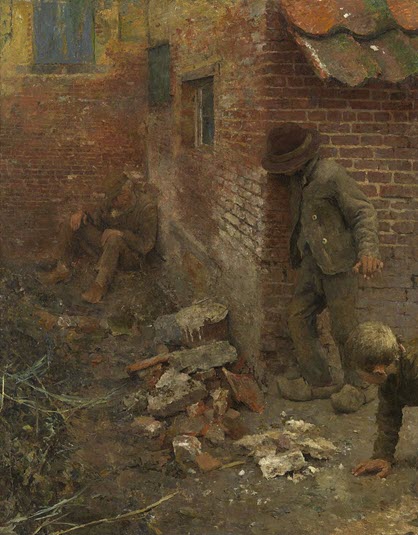
The word” Idiot” dates back to the classical antiquity period. The term back then was used for those who were not actively taking part in politics or any other public events.
According to the Greeks, it was selfish of someone not to take part in public events. Citizens were expected to take an active role in managing their city-state.
They were deemed insufficient and useless for their country otherwise. As a result, the word “ιδιώτης” in ancient Greek had a demeaning, even offensive attitude towards it.
This negative tone is quite similar to the English term “idiot” but does not resemble the exact meaning for which this word is used these days.
12. The Ancient Olympics
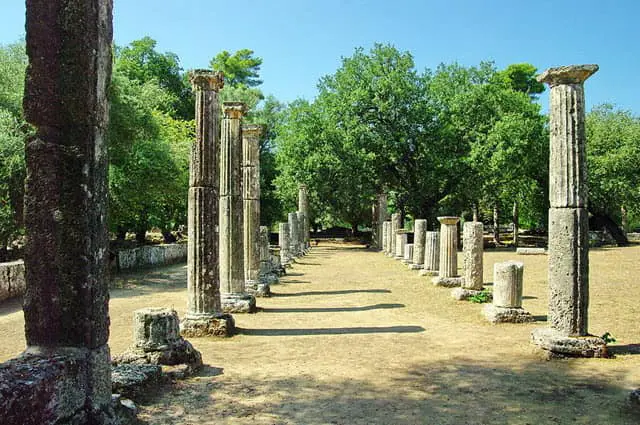
The Olympics during the ancient Greek period was only focused on male citizens. Females were not allowed to take part in any Olympic games.
No type of violence or war was permitted during the one month before the start of the Olympics. Over 50,000 people used to come to Greece from all around the world.
Therefore, to ensure the safety of those travelers and athletes traveling from all over the globe to participate in the Olympics, a white flag was raised for a month, which symbolized peace.
11. The Handshake culture
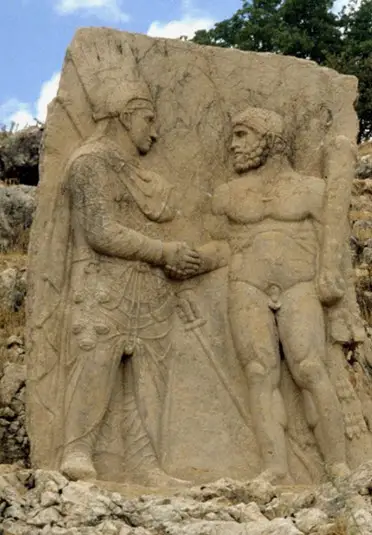
The culture of shaking hands as a greeting can be traced back to the classical antiquity period. There’s also enough evidence in the acropolis about many gods and goddesses of Athens shaking hands with each other.
However, it is not entirely clear if shaking hands symbolizes the same significance as it does in today’s world, or maybe it meant something else.
An Ancient Greek statue, notably discovered on a funerary naiskos from Agathon and Sosykrates’ burial, is the first evidence of the handshake as a welcoming symbol.
10. A Bull of Fire
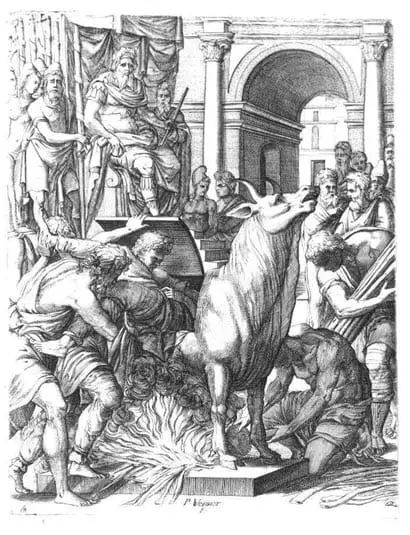
The brazen bull was purposely created by perilaus in ancient Greece as a torture and death weapon. The bull was believed to be bronze, empty on one side, and with a doorway.
Perilaus of Athens, the Brazen Bull’s creator, was deceived into becoming its first sacrifice. The Brazen Bull was a brass bull hollow monument.
Greek killers would set a fire underneath the bull once a person was kept within until that person gets cooked to death. A series of tubes would intensify the man’s screaming to sound like a bull’s roar as he was burnt to death.
Perillos expected to be rewarded for his idea. Instead, Phalaris was horrified by the statements he made about his invention. Phalaris commanded Perillos to examine the bull’s horn sound system by himself, tricking him into climbing in the bull.
When Perillos entered, he was immediately locked in, and a fire was started so Phalaris could hear his screaming. Phalaris opened the door and dragged Perillos away before he died.
Later, Phalaris is believed to have dragged Perillos to the top of a cliff after releasing him from the bull and throwing him over, murdering him.
9. All about politics

The citizens of Greek had the power to exile their politicians for as long as ten years. This process was later coined as “ostracism.”It was employed less as a means of retaliation and more as a preventative strike against those considered a threat to democracy or the state.
Once per year, ancient Greece residents would select people they believed endangered democracy due to political disagreements, fraud, or just hatred. Well, it’d be better if this culture still existed in today’s modern era.
8. Culture of Drinking
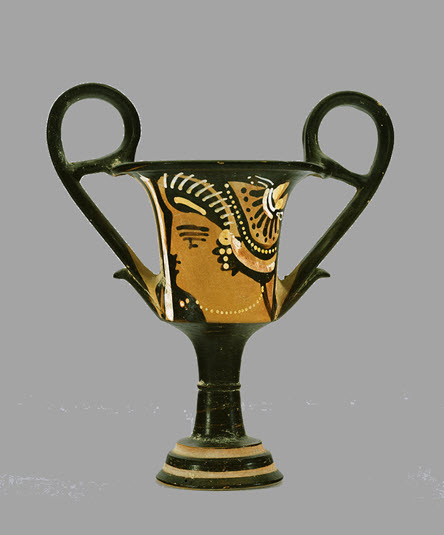
In ancient Greece, drinking undiluted wine was considered a serious blunder, and anybody who did so was branded a drunkard and someone who lacked temperance and morality. A Threefold ratio of wine to water was most commonly used.
Water, wine, milk, and fruit juice would be the only beverages available to the Greeks in antiquity. The Greeks liked little, thin cups over huge, deep ones for drinking.
They were not fond of a firm mixture, and it was used generally for a rare occasion or a celebration. The Greeks mostly drank kykeon, and it was a beverage as well as a meal.
It was a wheat gruel with herbal ingredients and water mixed to it. The drink in the Iliad also included powdered goat cheese.
7. Hi, I’m Griffin

The tale of the griffin started when Protoceratops skull bones were discovered as one of the most famous Greek discoveries in goldfields near ancient Greece.
According to the ancient Greeks, Griffin is a fantastic, bird-like creature that lives in the Rhipaean peaks, protecting the gold of the north between Hyperboreans and the one-eyed Arimaspians.
The griffin’s body was composed of a lion, while its head and wings were an eagle. This monstrous notion shows that the origins of the griffin must be found in the east, where it appears to be quite ancient.
There is also some mention of griffins in Greek and Persian mythology, and scholars think similar fossils could have been discovered in the Deserts and the Pearl River delta.
6. Weird manuscripts

Writing texts bi-directionally was popular during ancient Greek, which meant that one line would have been written from the left side, and the following line would have been written from the opposite side.
The words also were reversed from one line to the next, adding to the confusion. This way of writing was coined as the ” Boustrophedon text.”
It was an overall writing process in stones in ancient Greece, but it lost popularity during the Hellenistic period. Numerous ancient inscriptions, such as Etruscan, Safaitic, and Sabaean, were written boustrophedonically.
5. Incomplete Sculptures
For centuries, Roman marble statues have been buried, and we frequently only find some parts of the remnants of the Roman sculptures that must be reconstructed.
That is how people frequently encounter modern reconstructions of an arm or shoulder in museum monuments or old statues that are just shown missing or half done.
When we look at old Egyptian sculptures, we frequently look at old Roman sculptures or their replicas of ancient Greek sculptures.
Almost everyone in Rome desired old Greek art. Greek culture represented a life of freedom, art and design, elegance, and study for the Romans.
4. The Intellectuals
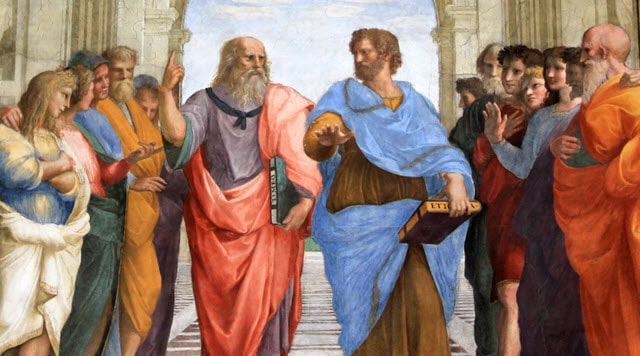
Ancient Greece consisted of numerous intellectuals and significant people who impacted history. The Greeks were the first Western society to believe in logical answers to life’s most pressing concerns.
They claimed that the universe was regulated by unchanging principles, like how the stars move and the universe’s components.
And mathematical and arithmetic laws that govern rhythm, symmetry, geometry, and physics of the universe.
Humans and what they can accomplish with the help of their bodies and minds were held in high regard by both the Ancient Greeks and the Ancient Romans. They were Idealists.
3. Unibrows as a symbol of beauty

During classical Antiquity, a woman’s unibrow was seen as a symbol of wisdom and stunning beauty. Many ladies who didn’t naturally have unibrows applied cosmetics to create them.
However, during the medieval time, the forehead was regarded as the essential feature, so women then started to remove their eyebrows to enhance their foreheads.
2. A city with no walls
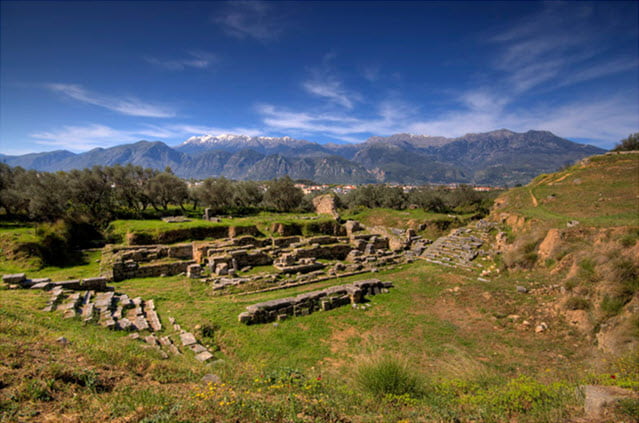
One of the Roman cities, the ancient city of Sparta had no walls after 800 BC, maybe for the most challenging reason ever. Researchers have speculated that the walls were destroyed on Lycurgus’ instructions to emphasize Sparta’s necessity for military reform.
This was because their armies were enough to compensate for their walls. They could battle anybody, and they were more adaptable without borders to defend their area from shifting terrains.
1. Voting with pebbles
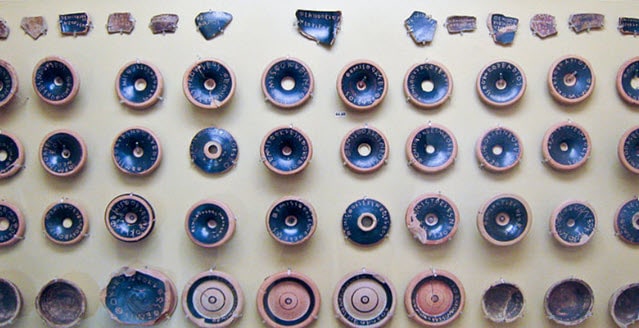
To cast their vote, voters placed a stone in one of two pots; after choosing, the pots were poured onto counting boards for counting. Greeks may have used something as resistance to conceal the pot into which a voter was putting his hand as early as the 5th century B.C.
The concept of secret voting was founded in at least the 5th century B.C., and Greeks may have used a contraption to obscure the urn into which a voter was placing his hand as early as the 5th century B.C.
A pebble was termed a psephos in classical Antiquity, which gave rise to the questionable name psephology, the scientific research of voting.
